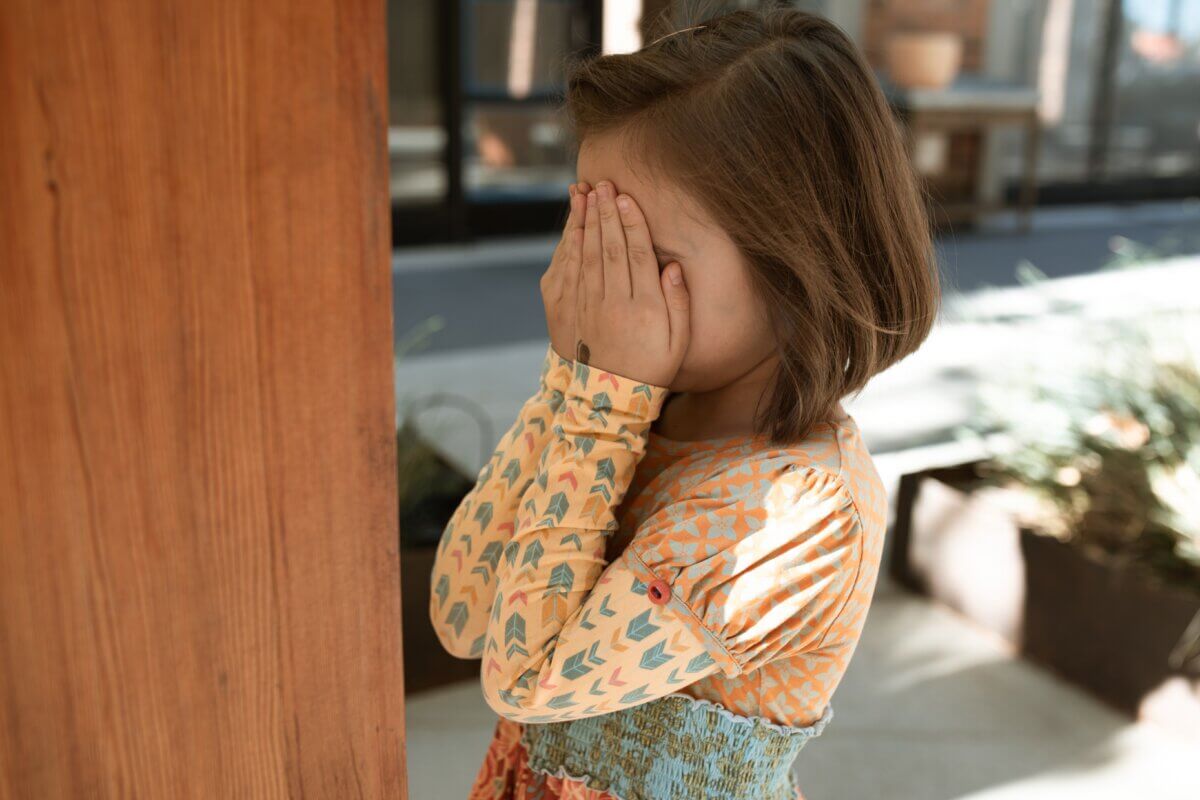HAMILTON, Ontario — Shyness can manifest differently from person to person. For some, it might mean an emotion that pops up during certain social situations (state shyness). For others, it might be a trait becomes part of their personality (temperamental shyness). Researchers already know that shyness can show itself on different levels, but they aren’t sure how it all comes together. Now, a team from McMaster University is working on understanding why many children are often shy in social settings.
The team studied 152 Canadian children between seven and eight years-old, as well as their primary caregivers. Nine in 10 caregivers were moms, while the remaining 10 percent were dads. Over 81 percent of participants were White, while the remaining participants were mixed race, Asian, Black, and Hispanic. Most of the families came from middle to upper socioeconomic households.
The kids were fitted with an ambulatory electrocardiogram and completed activities with an experimenter in a room next to their parents. The parents completed online questionnaires related to their child’s temperament while monitoring their child on a muted monitor. The children had to prepare a two-minute speech about their last birthday to present on video and in the mirror, under the impression that other children would watch it later. The researchers were aiming for the last part to induce a stress response. The team then monitored their behavior, noting markers like their avoidance, self-reported nervousness, and respiratory sinus arrhythmia in order to capture the whole picture.
“The findings showed that approximately 10 percent of children in our study showed social stress reactivity to the speech on behavioral, affective, and physiological levels, and also had a pattern of relatively higher, stable parent-reported temperamental shyness across time, providing evidence that they may be characterized as temperamentally shy,” says Kristie Poole, who conducted the study, in a media release.
“A second subset of approximately 25 percent of children showed a pattern of social stress reactivity only on an affective level (i.e., self-reported feeling nervous), and did not show relatively high levels of parent-reported temperamental shyness, providing evidence that they may be characterized by state shyness. The findings have implications for the conceptualization of shyness in that different types of shyness may differ in kind rather than degree.”

There has been a long-standing theory, first articulated by the late psychologist Jerome Kagan, dating back to the 1960s. He stated that there may be a subset of temperamentally shy children that exhibit enhanced emotional behavior when put in certain stressful situations.
“Our findings provide empirical support for the long-theorized idea that there may be a subset of temperamentally shy children who manifest heightened behavioral, affective, and physiological reactivity in response to a social stressor, as well as a subset of children who may experience only the affective component which may reflect state shyness,” explains Poole. “This highlights the multiple components and developmental course of temperamental shyness and the features that distinguish temperamental and state shyness in middle to late childhood.”
Given that most of the participants were White, middle-upper class children, the team emphasizes the need for more extensive research with a diverse population before generalizing their findings to the public. The work remains a great starting point for recognizing the harmful effects that shyness may pose to children’s quality of life, particularly socially, psychologically, and academically.
The findings are published in the journal Child Development.

